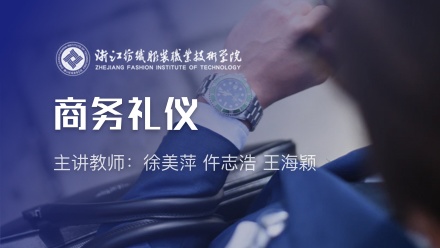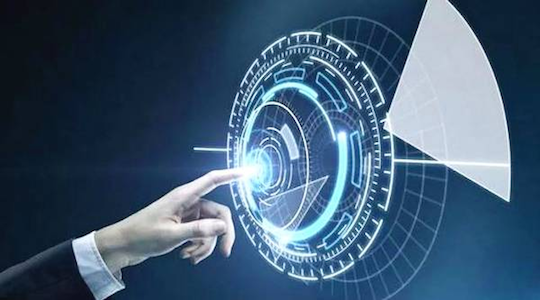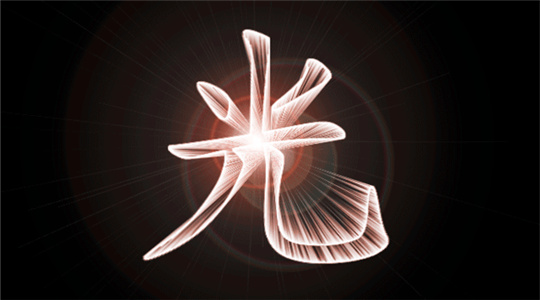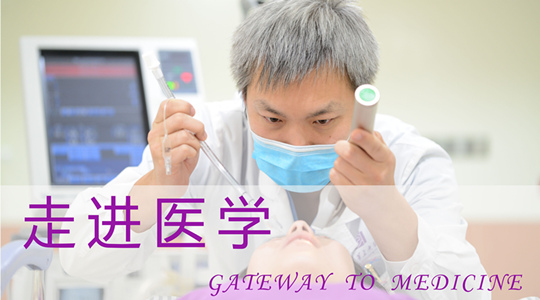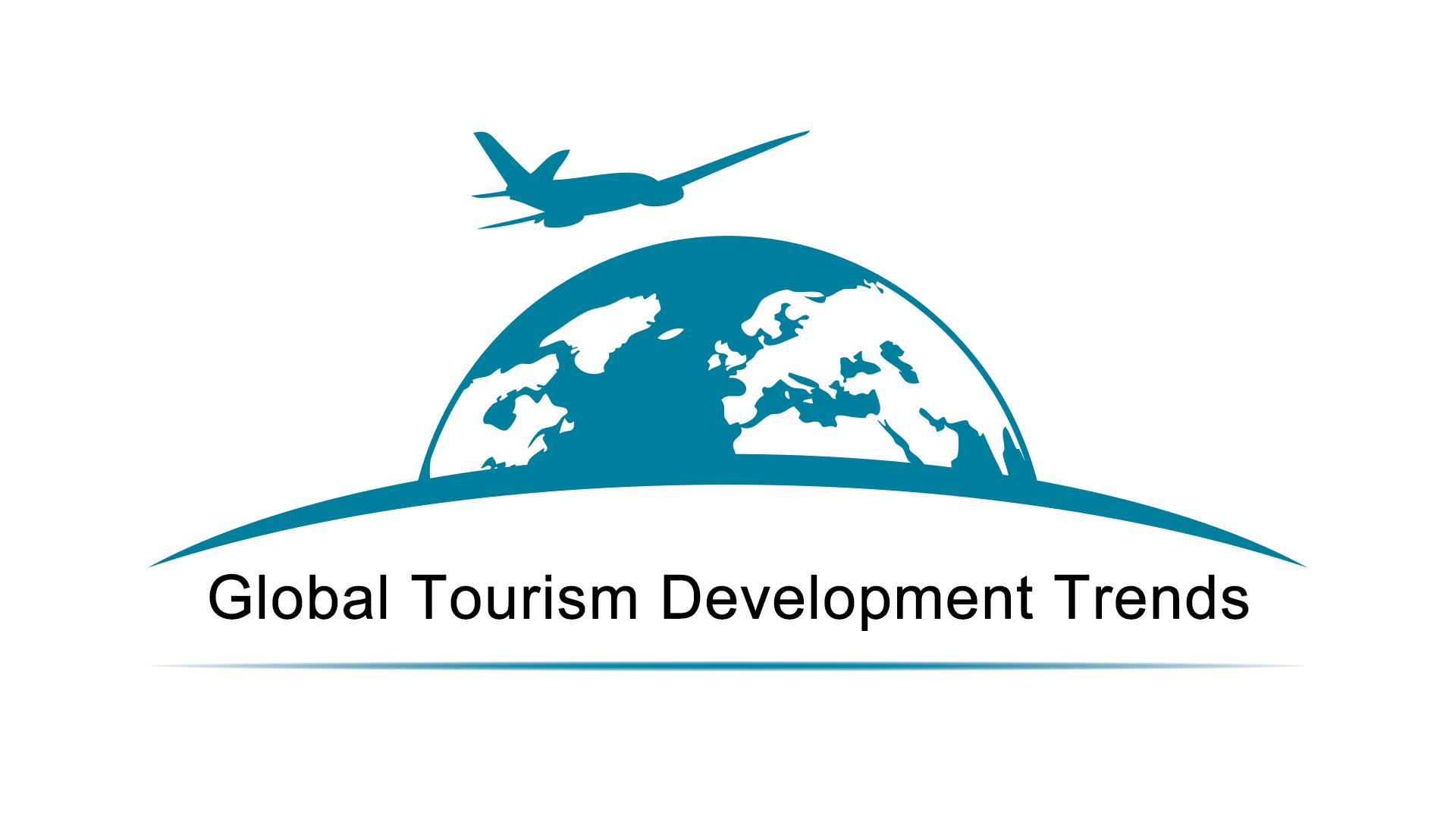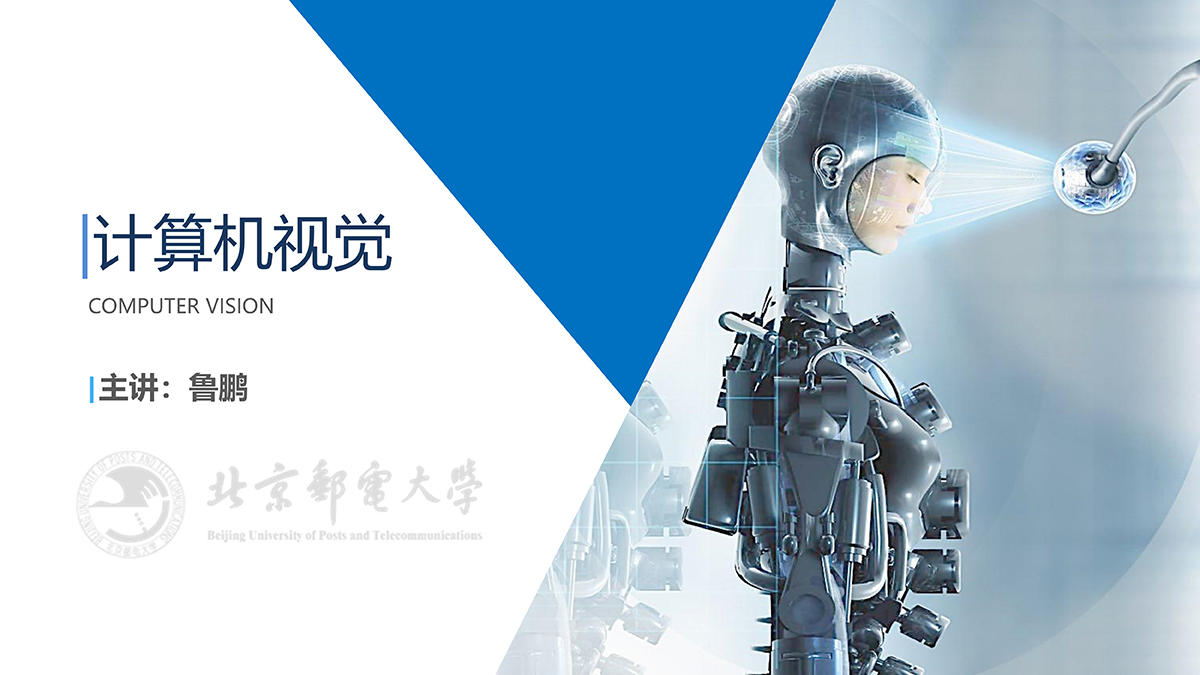
当前课程知识点:Gateway to Medicine: An Introduction to the Field of Medicine > CH02 Pregnancy and Delivery > 05 Four factors that affect childbirth > Four factors that affect childbirth
返回《Gateway to Medicine: An Introduction to the Field of Medicine》慕课在线视频课程列表
返回《Gateway to Medicine: An Introduction to the Field of Medicine》慕课在线视频列表
俗话“十月怀胎 一朝分娩”
上节课
我们学习了妊娠的整个过程
这节课
主要来学习一下分娩的过程
分娩是指
妊娠满28周以后的胎儿
及其附属物从临产发动
到至从母体全部排出的过程
那么根据孕中的不同
又可以分为
早产 足月产以及过期产
引发分娩的真正动因尚不明确
最新的研究显示
分娩动因可能源于胎儿
而并非母体
正常的妊娠近足月时
母亲会出现一些信号
预示着分娩的即将来临
例如 不规律的宫缩
胎儿下降感
和少许的阴道褐色的分泌物
每个孕妇
从出现上述症状
到真正临产的时限
是不恒定的
在临床中
即便是最有经验的产科医生
都很难判断
孕妇真正临产开始的时间
即便是经历过一次分娩的经产妇
也不能准确的预言
此次分娩的时间
随着宫缩的频繁
间歇时间的缩短
最后直至出现
5-6分钟一次的宫缩
阴道的血性分泌物逐渐增加
上述的表现代表胎儿
已经开始做好准备启程
孕育了10个月的新生命
即将诞生
这个未曾谋面却血脉相连的
亲密“爱人”即将出现
此时此刻的孕妇心情
既是期盼 兴奋 急迫
更多的是焦虑
因为大多数未经历过分娩的产妇
对分娩的过程是一无所知的
错误的认为
即将开始的是漫无天日的疼痛
其实学术界
把分娩的全部过程
划分成了四个阶段
第一阶段即第一产程
是指规律的宫缩到宫口完全开全
第二产程
是指宫口开全
到胎儿娩出的时间
第三产程
是指胎儿娩出
至胎盘娩出的时间
而第四产程
自然是指胎盘娩出后
到产后2个小时
很多的孕妇非常关心
是什么因素会影响到分娩
其实决定分娩的是四个因素
它包括产力 产道 胎儿
以及社会心理因素
下面我们来一一的学习
产力就是指将胎儿及其附属物
从子宫逼出的力量
它包括子宫收缩力
腹肌及膈肌的收缩力
以及肛提肌的收缩力
而其中最重要的
是子宫的收缩力
它的特点是
节律性以及对称性和极性
对称性和极性是指
宫缩源于双侧的宫角
逐渐向中线汇合
再向宫体下段传导
另外子宫的收缩率
具有缩复的作用
缩复作用是指
规律宫缩开始以后
子宫体部的肌层
随着收缩越来越厚
而子宫下段随着宫缩逐渐拉伸
这种作用称之为缩复作用
在缩复作用的帮助下
胎儿的线路部才能继续地向下
腹肌和膈肌的收缩力
主要是第二产程的辅助的力量
以及在第三产程中起到主要作用
它其实就是一个反射性的
排便动作
另外的产力还有肛提肌的收缩力
它也是在第二产程和第三产程中
发挥主要的作用
它能帮助儿童完成内旋转
以及仰伸
并协助胎盘的最终娩出
另外一个决定分娩的因素是产道
产道包括骨产道及软产道
骨产道通常指真骨盆
是产道重要部分
骨产道的大小
形状与分娩关系紧密
为了便于了解分娩肌转时
胎先露部通过骨产道的过程
人为的将骨盆分为三个假想平面
下面我们通过模型来学习
这三个假想平面的各个径线
第一个重要平面是
骨盆的入口平面
有三条径线
一为骨盆入口的前后径
它是指耻骨联合上缘中点距离
至骶岬前缘正中的距离
平均值为11公分
该径线是胎先露部
进入骨盆腔入口的重要径线
其长短与分娩关系密切
第二条重要径线
是骨盆入口的横径
它是指两侧髂耻缘线的
最大距离
平均值为13公分
第三条径线是入口的斜径
左右各一
左侧髂耻关节
至右髂耻隆突之间的距离
为左斜径
而右骶髂关节
至左髂耻隆突之间的距离
为右斜径
平均值约12.5公分
骨盆腔第二个假想平面
是中骨盆平面
它是最狭窄的平面
有两条重要径线
分别是中骨盆的前后径
它是指耻骨联合下缘中点
通过坐骨棘连线中点
至骶骨下端连线间的距离
平均值为11.5公分
中骨盆平面的横径
也称坐骨棘间径
在两坐骨棘之间的距离
平均值为10公分
是重要的径线
而骨盆的出口平面
有四条径线组成
其中两个以上
以坐骨结节间径
为其共同底线的三角平面组成
前三角顶 为耻骨联合下缘
两侧边 为耻骨的降支
前三角底边为坐骨结节的连线
后三角顶端为骶尾尖
两侧边为骶骨结节韧带
骨盆出口的前后径
包括四条主要径线
出口前后径是指
耻骨联合下缘
至骶尾关节间的距离
出口横径是指
两侧坐骨结节间径
平均为9公分
它是出口的重要径线
前矢状径
是耻骨联合下缘
至坐骨结节间径的中点的距离
平均为6公分
而后矢状径
是指骶尾关节至坐骨结节
连线中点的距离
平均为9公分
两侧耻骨降支
在耻骨联合下方
形成接近90°的结构
称之为耻骨弓
下面我们还要学习一个名词
是指骨盆的倾斜度
妇女直立时
骨盆入口平面与地平面
所形成的角度
称之为骨盆的倾斜度
一般为60°
如该角度过大
将影响胎头的衔接
刚才我们学习的是骨产道
接下来我们来学习下软产道
软产道包括子宫的下段
包括宫颈以及阴道
外阴及盆底组织
子宫下段在上节课时
我们曾经提到过一个概念
子宫峡部
它在非孕期时长约1公分
当临产后形成子宫下段
长约7-10公分
软产道还包括宫颈
当初产妇临近足月时
宫颈管就会逐渐地缩短
从原本的2-3公分
逐渐消平
而宫口逐渐开始扩张
从容指尖到进入产程后
开大到十指
但是在经产妇
这一现象却不尽相同
宫颈管的缩短和宫口的扩张
是同时进行的
第三个影响分娩的重要因素
是指胎儿
包括胎位 胎儿大小
和胎儿是否存在畸形
所谓的胎位是指
胎儿纵轴与母体纵轴的关系
若两者是垂直关系
那么将是横位
若两者保持一致
则是纵产式
那么在纵产式中
又根据胎头向下
或者胎头向上
可以分为臀位及头位
为了后面更好的理解分娩机转
在此 我们先来学习下
儿头的主要径线
儿头的双顶径
为胎儿顶骨隆突间的距离
平均为9.3公分
临床上常以B超来测试此径线
判断胎儿大小
枕额径
枕额径又称前后径
为胎儿鼻根至枕骨隆突的距离
平均值为11.3公分
胎儿以此径线衔接
枕下前囱径
又称小斜径
为前囱中央
至枕骨隆突下方的距离
平均值为9.5公分
胎头以此径线
通过最狭窄的中骨盆平面
枕颏径
又称大斜径为颏骨下方中点
至后囱顶部的距离
平均值为13.3公分
除了上述三个因素以外
还有一个非常重要因素
就是孕妇的精神心理因素
如果一个孕妇
对自己的分娩充满信心
将有利于产程的顺利进展
那么当孕妇
对自己的分娩充满了恐惧
丧失信心
体内的某些激素就会释放
比如儿茶酚胺
导致宫缩乏力 血压升高
胎儿窘迫
最终导致剖宫产
近几年来提倡产时阵痛
能够有效的帮助
产妇顺利地度过分娩的这个阶段
-01-The basic condition of the air
--The basic condition of the air
-02-What is smog and its influence to the body
--What is smog and its influence to the body
-03-The structure and the function of human respiratory system
--The structure and the function of human respiratory system
-04-How the smog cause the human respiratory system disease
--How the smog cause the human respiratory system disease
-05-Asthma
--Asthma
-Exercise 01
-06-COPD
--COPD
-07-Lung cancer Ⅰ
-08-Lung cancer Ⅱ
-Exercise 02
-01 Dissection of genital organs
--Dissection of genital organs
-Exercise 01
-02 The formation of embryo and fetal appendage
--The formation of embryo and fetal appendage
-Exercise 02
-03 Characteristic of embryonic and fetal development
--Characteristic of embryonic and fetal development
-04 Maternal changes during pregnancy
--Maternal changes during pregnancy
-05 Four factors that affect childbirth
--Four factors that affect childbirth
-06 Mechanism of labor
-01 The energy requirement and the metabolic characteristics of kids
--The energy requirement and the metabolic characteristics of kids
-02 Need of the nutrition and metabolism of kids Ⅰ
--Need of the nutrition and metabolism of kids Ⅰ
-Exercise 01
-03 Need of the nutrition and metabolism of kids Ⅱ
--Need of the nutrition and metabolism of kids Ⅱ
-Exercise 02
-04 Guided feeding of infant Ⅰ
-Exercise 03
-05 Guided feeding of infant Ⅱ
-06 Guided feeding of infant Ⅲ
-01 Introduction
-02 What is tumor
-03 The general shape of tumor
-04 The atypia of the tumor
-05 Name and classification of the tumor
--Name and classification of the tumor
-Exercise 01
-06 The growing type of the tumor
--The growing type of the tumor
-07 Spread of tumor
-Exercise 02
-08 The grading and staging of tumors and the effects to the body
--The grading and staging of tumors and the effects to the body
-09 The difference between benign and malignant tumors
--The difference between benign and malignant tumors
-10 The environmental causes of cancer
--The environmental causes of cancer
-11 Heredity and tumor
-01 Overview
--Overview
-02 Sudden cardiac arrest
-Exercise 01
-03 Non-professional life support
--Non-professional life support
-Exercise 02
-04 Professional life support
-Exercise 03
-05 Adult advanced life support Ⅰ
--Adult advanced life support Ⅰ
-Exercise 04
-06 Adult advanced life support Ⅱ
--Adult advanced life support Ⅱ
-Exercise 05
-07 Electric defibrillation
-01 Introduction
-02 Risk factors and pathogenesis of atherosclerosis
--Risk factors and pathogenesis of atherosclerosis
-03 Pathological changes of atherosclerosis
--Pathological changes of atherosclerosis
-Exercise 01
-04 Atherosclerosis of vital organs
--Atherosclerosis of vital organs
-05 Coronary atherosclerotic heart disease
--Coronary atherosclerotic heart disease
-Tips 03
--Tips 03
-06 Primary hypertension
-Exercise 02
-07 The etiology and pathogenesis of hypertension
--The etiology and pathogenesis of hypertension
-08 The types and pathologic changes of essential hypertension
--The types and pathologic changes of essential hypertension
-Exercise 03
-01 Overview Ⅰ
-02 Overview Ⅱ
-03 What is virus
-Exercise 01
-04 The structure and functions of influenza viruses
--The structure and functions of influenza viruses
-Exercise 02
-05 Different type of influenza viruses
--Different type of influenza viruses
-Exercise 03
-06 Bird flu
--Bird flu
-Exercise 04
-07 Street virus
-Exercie 05
-01 Introduction
-02 Chronic gastritis caused by helicobacter pylori infection
--Chronic gastritis caused by helicobacter pylori infection
-Exercise 01
-03 Helicobacter pylori causes peptic ulcer
--Helicobacter pylori causes peptic ulcer
-Exercise 02
-04 Pathological changes of peptic ulcer
--Pathological changes of peptic ulcer
-Exercise 03
-05 Gastric cancer
-01 The evolution of biological motion
--The evolution of biological motion
-02 Biomechanics of human motion
--Biomechanics of human motion
-Exercise 01
-03 The perfect unity of function and structure
--The perfect unity of function and structure
-Exercise 02
-04 A brief history of trauma orthopedic development Ⅰ
--A brief history of trauma orthopedic development Ⅰ
-05 A brief history of trauma orthopedic development Ⅱ
--A brief history of trauma orthopedic development Ⅱ
-Exercise 03
-06 Sprain and fracture of the ankle joint
--Sprain and fracture of the ankle joint
-Exercise 04
-07 Ankle sprain
-Exercise 05
-08 Prevention of ankle sprain
-Final Exam
